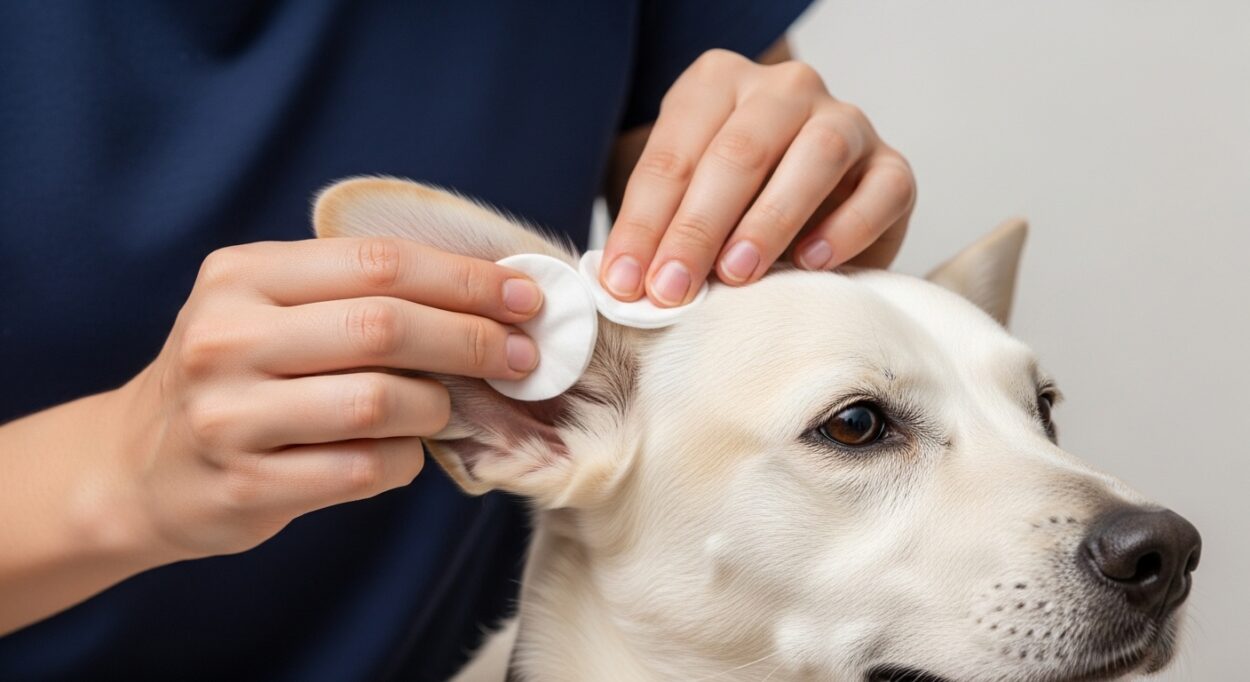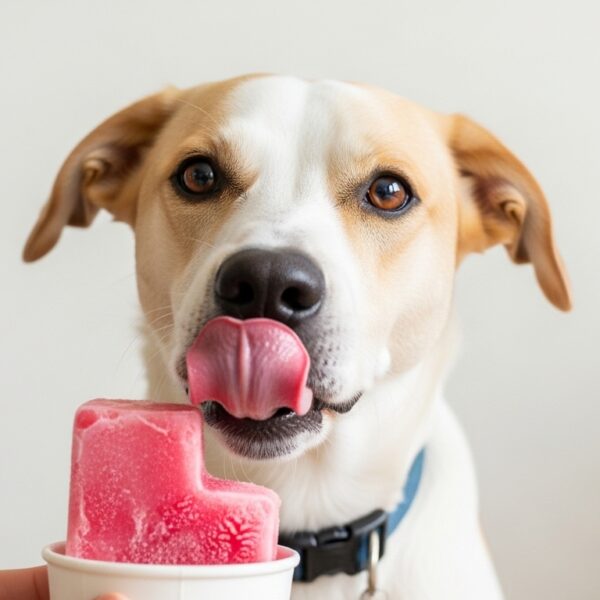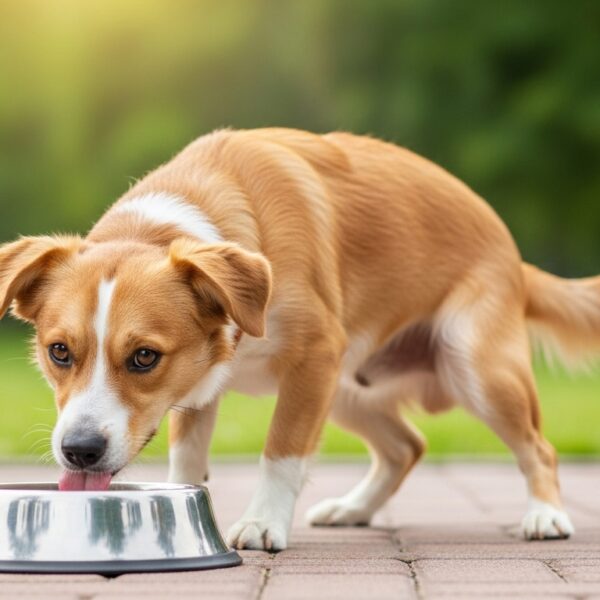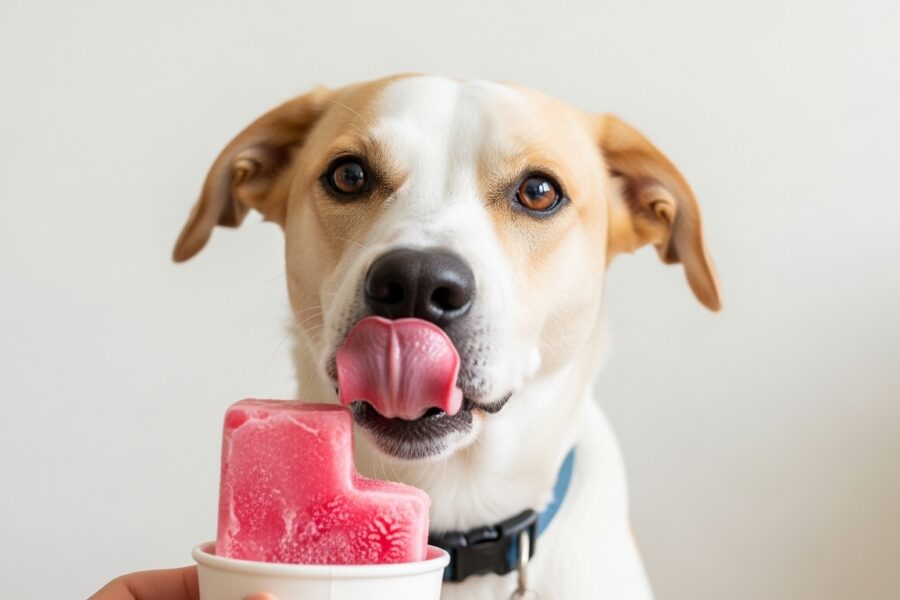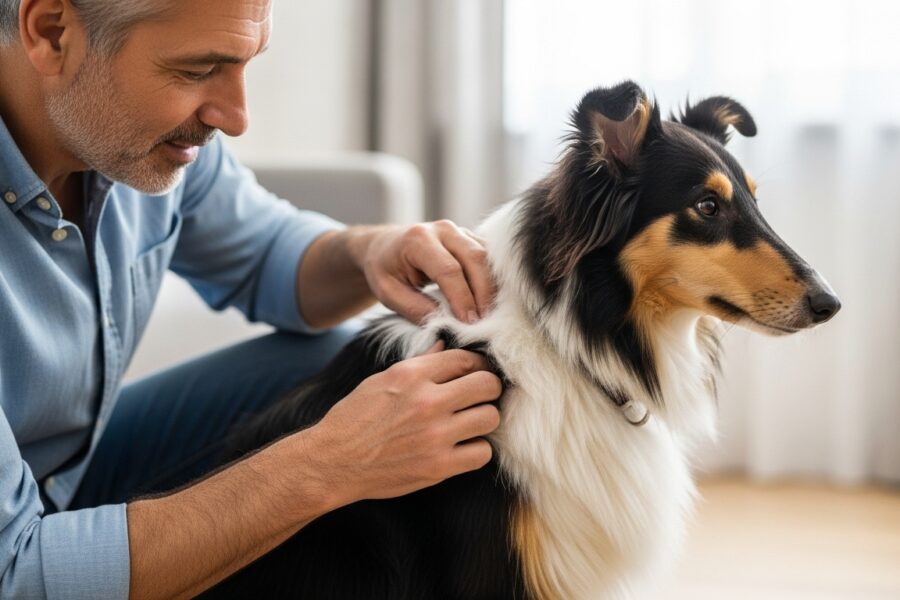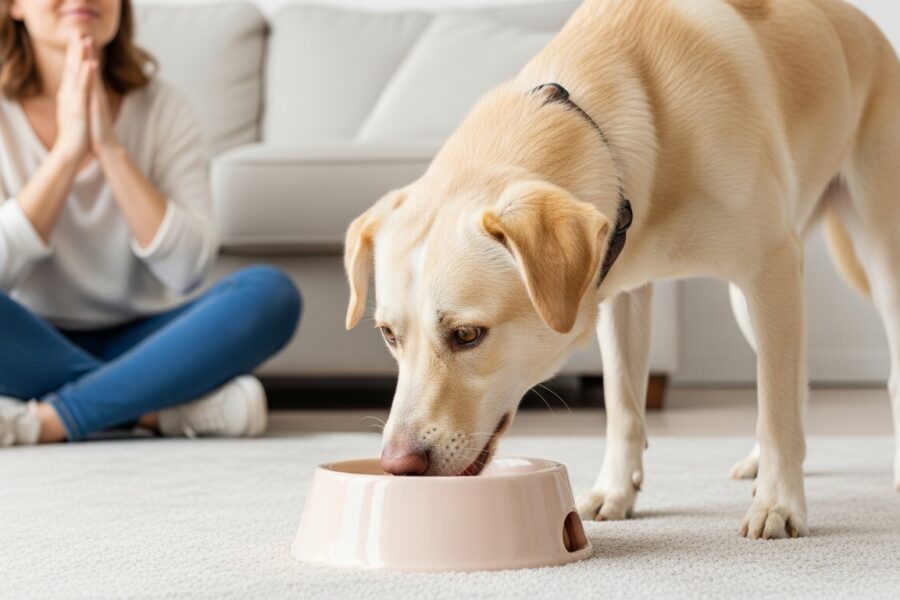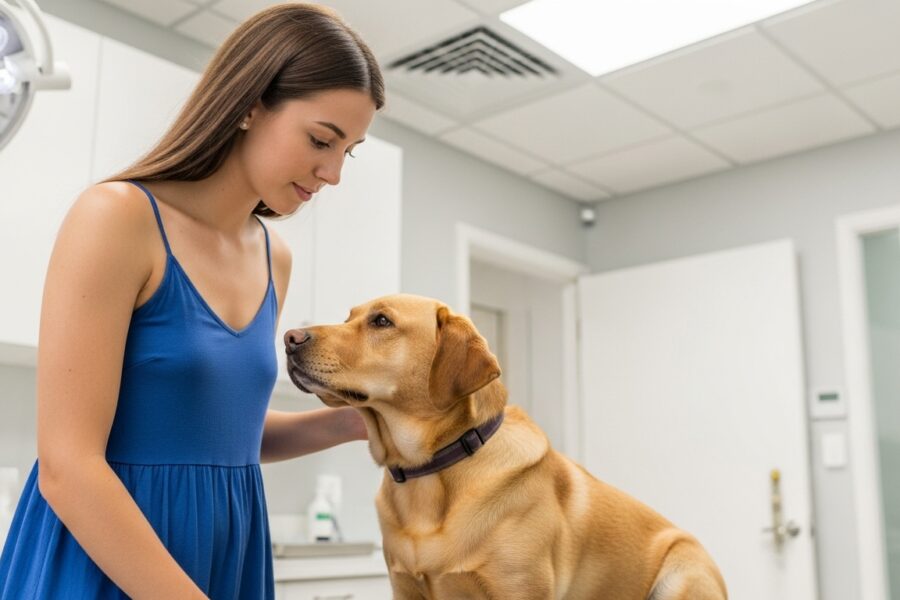Table of Contents
Introduction
Dog ears are cute, floppy, and oh-so-soft—but they can also trap dirt, wax, and moisture, which can lead to irritation or even infections. Regular ear cleaning is important for many breeds, especially those with long, floppy ears or pups prone to allergies. If you want an affordable and gentle ear cleaner, you might wonder, what’s the best homemade dog ear cleaning solution? This guide explains simple, safe DIY recipes, shows you exactly how to use them, and shares important do’s and don’ts, straight from veterinary advice!
Why Clean Your Dog’s Ears Regularly?
- Prevents Infection: Dirt, wax, and moisture can build up and become a breeding ground for yeasts and bacteria.
- Reduces Odor: Regular cleaning can help eliminate bad smells from your pup’s ears.
- Spot Problems Early: Cleaning time is your chance to spot any redness, swelling, discharge, or parasites before they become major issues.
Signs Your Dog’s Ears Need Cleaning
- Head shaking or scratching at ears
- Visible dirt, wax, or discharge
- Redness or strong odor
- A dog who resists ear rubs or flinches when you touch their ear
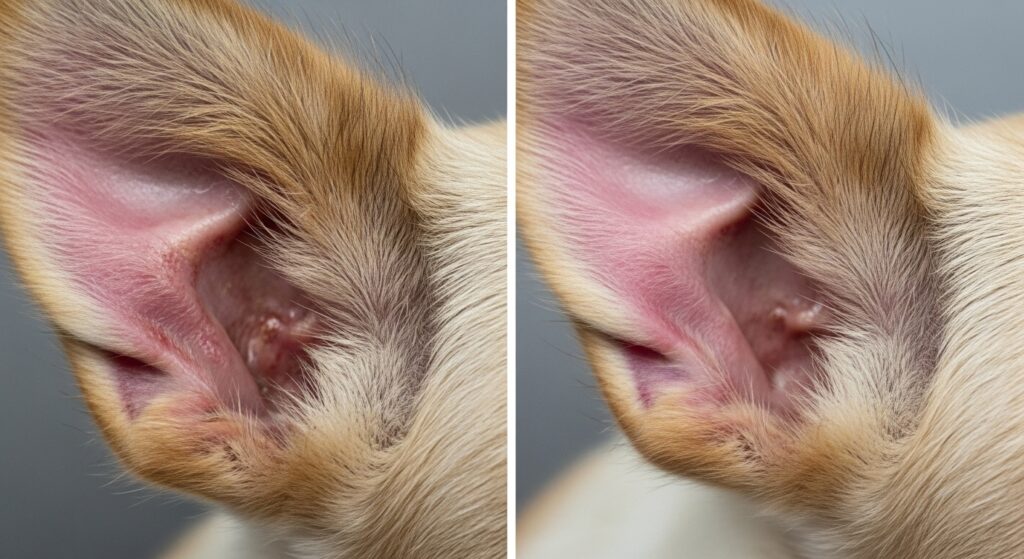
Vet-Approved Homemade Dog Ear Cleaning Solutions
Veterinarians generally recommend gentle, simple solutions—avoid harsh chemicals, hydrogen peroxide, or anything with alcohol, which can sting or dry out sensitive ear skin. Here are two classic DIY recipes most vets approve for healthy dogs (not dogs with active infections, wounds, or ruptured eardrums!).
1. Basic Vinegar & Water Solution
Why it works: Vinegar helps balance the ear’s pH, discouraging yeast and bacteria, while water dilutes the solution to make it gentle.
Recipe:
- 1 part white vinegar (distilled)
- 1 part clean, lukewarm water
How to Use:Mix in a clean bottle. Never use if your dog’s ear is red, raw, bloody, or if you suspect an infection.
2. Witch Hazel & Water Solution
Why it works: Witch hazel is naturally soothing and has mild antiseptic properties.
Recipe:
- 1 part witch hazel (alcohol-free)
- 1 part clean, lukewarm water
How to Use:Mix thoroughly and keep in a clean, labeled container. Do not use on broken skin or with open sores!
Pro Tip: Never add tea tree oil or essential oils to your homemade ear cleaners—they can be toxic to dogs!
How to Clean Your Dog’s Ears—Step by Step
- Prepare Your Supplies:Soft cotton pads or gauze, ear cleaning solution, towel, and treats for rewards.
- Get Comfortable:Have your dog sit or lay down next to you. Praise and offer a treat so they feel at ease.
- Apply the Solution:Soak a cotton pad/gauze with your homemade solution. Never pour the solution directly into your dog’s ear canal.
- Wipe the Outer Ear:Gently wipe inside the ear flap (the pinna) and just around the ear canal’s opening. Don’t force anything deep inside—just what you can see.
- Wipe Off Excess:Use a dry pad or towel to dab up any remaining moisture.
- Reward and Repeat:Give your pup a treat and repeat on the other ear if needed.
Important: If your dog’s ear is red, bleeding, very smelly, or oozing pus, see a vet immediately instead of home cleaning.
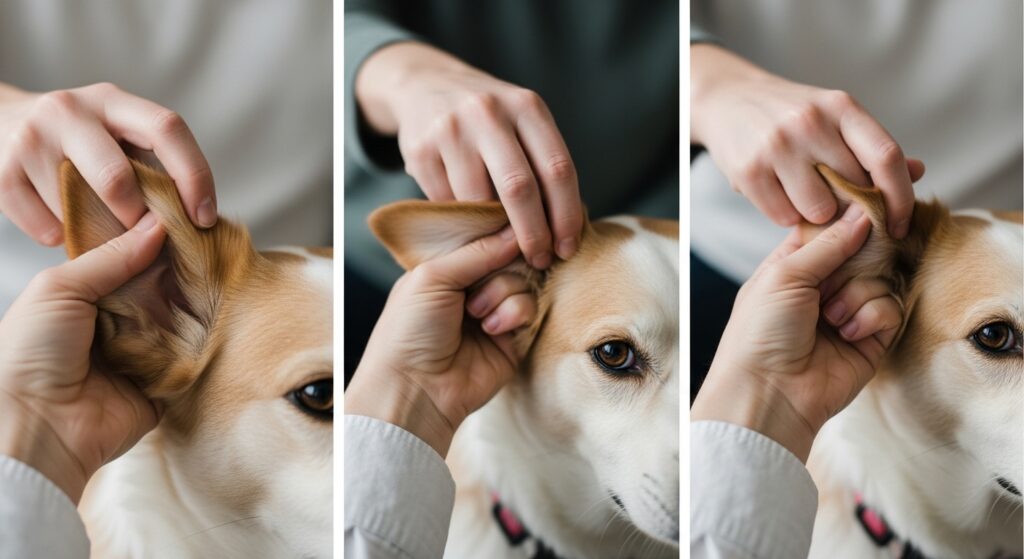
Safety Tips: When NOT to Use Homemade Solutions
- Never use if your dog’s eardrum could be ruptured (after trauma, or if your dog is shaking their head violently/pain screams).
- Don’t use on open wounds, infected, or bleeding ears.
- If there’s a strong odor, dark discharge, swelling, or persistent head-tilting, consult a veterinarian before any cleaning.
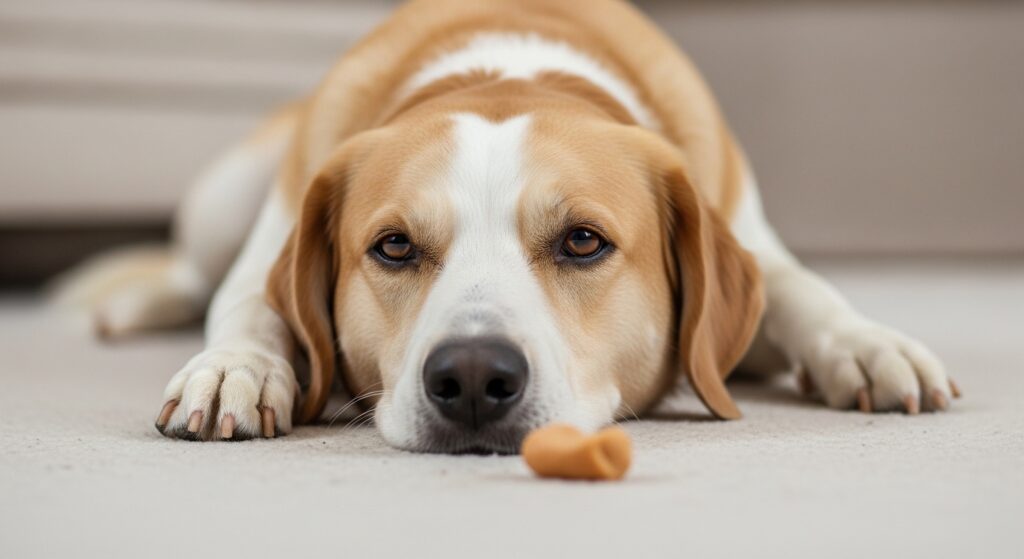
Additional Vet-Approved Alternatives
- Commercial ear cleaners are often safest for particularly sensitive pets or those with repeated infections—ask your vet for a hypoallergenic recommendation.
- Monitor for reactions: Redness, swelling, increased scratching, or discomfort after cleaning? Rinse gently with plain water and stop using the solution.
Frequently Asked Questions
1. How often should I clean my dog’s ears?
A: Most dogs only need ear cleaning every 2-4 weeks, but breeds with long, floppy ears or allergies may need weekly care. Always check with your vet for a routine that fits your pup.
2. Can I use hydrogen peroxide in my dog’s ears?
A: No—hydrogen peroxide is too harsh and can damage the sensitive lining inside the ear. Stick to gentle, diluted vinegar or witch hazel solutions.
3. What if my dog hates ear cleaning?
A: Try positive reinforcement: treats, praise, and brief, calm cleaning sessions. If you’re struggling, ask a groomer or your veterinarian for a demo.
4. Are there signs my dog has an ear infection?
A: Yes. Redness, bad smell, dark wax or pus, swelling, ear pain, or constant head shaking are big red flags—see a vet fast!
5. Can I prevent ear infections just by cleaning?
A: Regular, gentle cleaning helps prevent many minor issues, but some dogs (especially those with allergies or narrow ear canals) may still get infections.
Conclusion
Homemade dog ear cleaning solutions can be a gentle, affordable way to help keep your best friend’s ears clean and healthy—but always use the right technique, keep it gentle, and know when to call the vet. Consistent ear care keeps your pup comfortable, cuts down on vet bills, and gives you quality bonding time, too!

